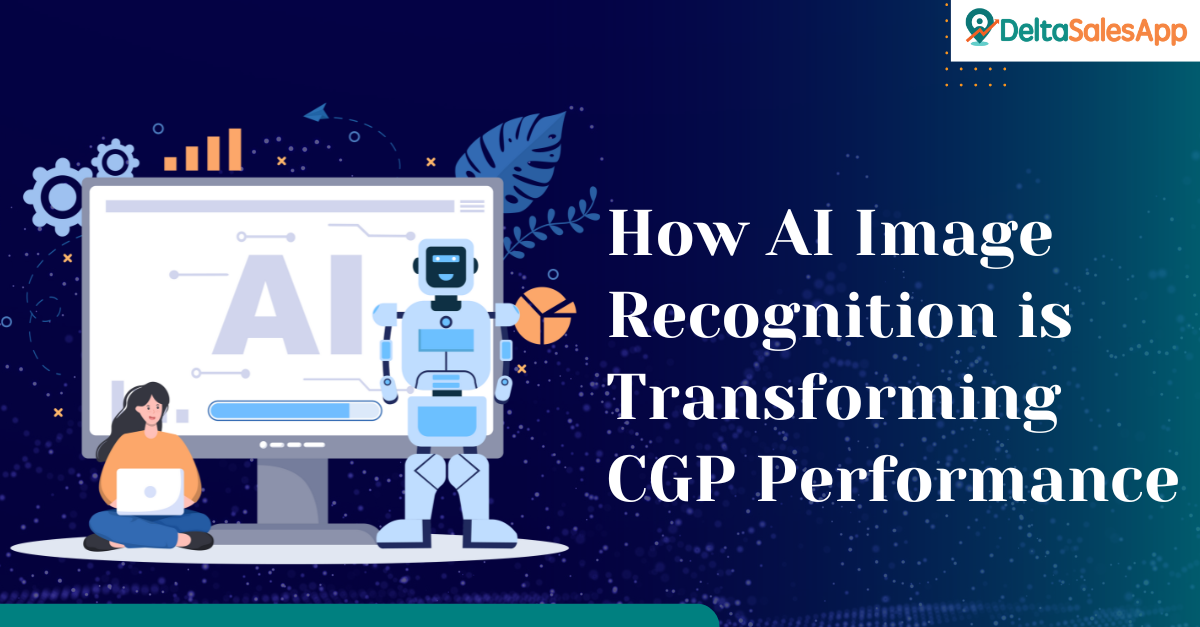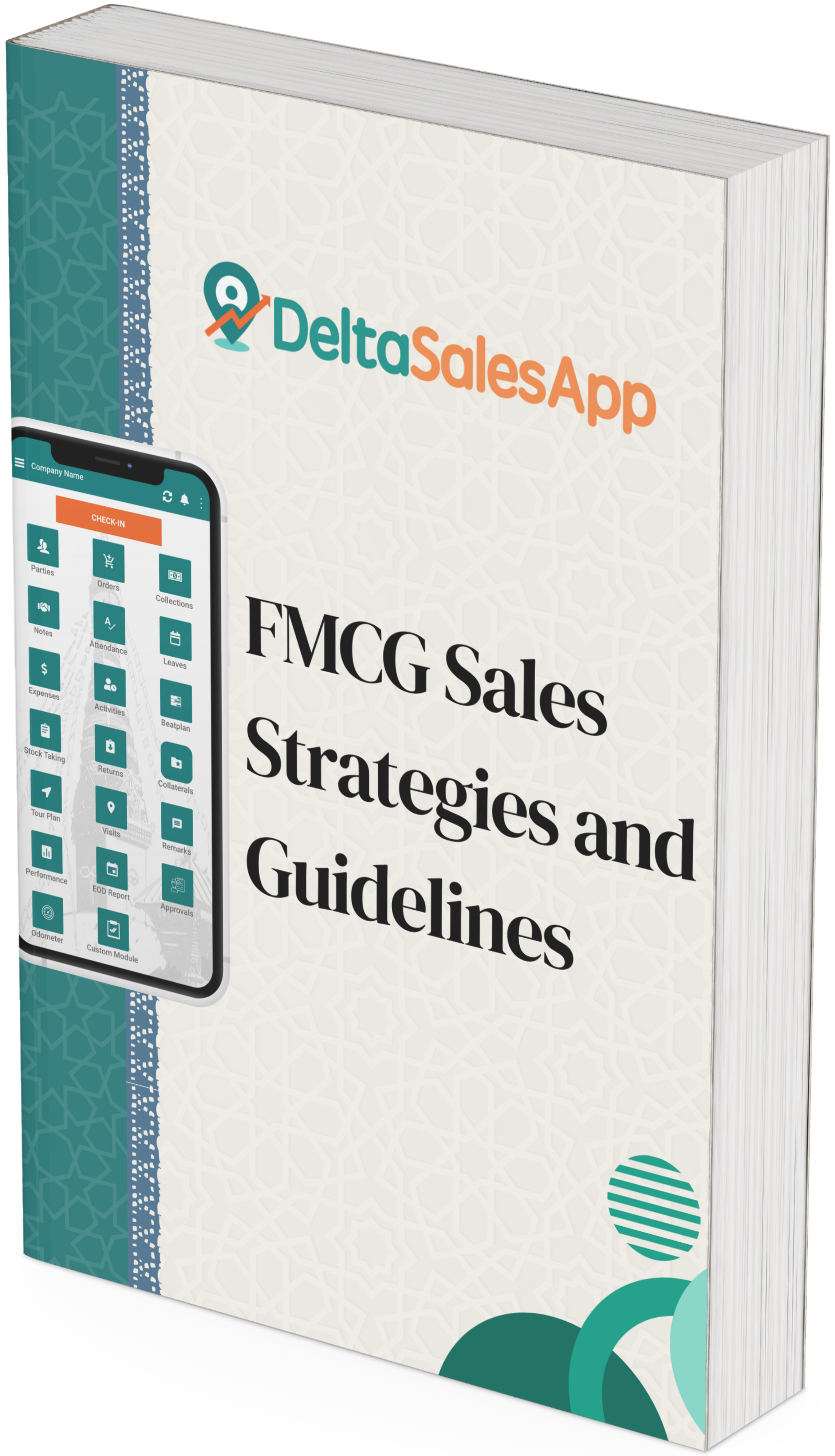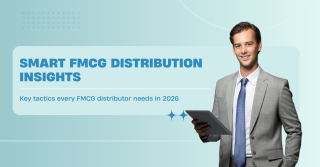How AI Image Recognition is Transforming CPG Performance?

AI image recognition (IR) is transforming a wide range of sectors, from self-driving automobiles to smartphone face identification. Its uses range from industry, where it guarantees quality control by detecting flaws, to healthcare, where physicians utilize it to spot cancers. Retailers are using it to maximize shop operations and retail execution, while museums utilize it to authenticate items.
Utilizing AI Image Recognition in CPG
Retailers and brands of consumer packaged goods (CPG) are quickly using AI picture recognition to improve customer experience, cut down on inefficiencies, and simplify operations. Numerous large shops are using self-governing robots to traverse store aisles, use infrared technology to verify pricing precision, track inventory levels, and identify spills or broken merchandise.
Self-checkout devices that have IR technology installed also help defend against fraud. For example, the system immediately recognizes the discrepancy and advises the right input if a client tries to scan premium organic produce—like bananas—under a lower-priced code. This lowers decline and increases operational efficiency.
Beyond retail operations, AI-powered IR is revolutionizing retail execution strategies for CPG firms by providing a more intelligent means of monitoring in-store performance and enhancing shelf presence. Brands may use this technology to assess share-of-shelf trends, improve product placement in real-time, and ensure planogram compliance.
Improving Retail Execution with AI-Powered Expertise
In the past, time-consuming manual audits were needed to confirm shelf availability and branding conformity. Field representatives still devoted several hours to sifting and evaluating hundreds or even thousands of shelf photos in order to evaluate product placements, despite the availability of digital retail execution tools.
This bottleneck is removed using AI image recognition, which automates the examination of in-store photos. IR technology quickly determines which SKUs are on the shelf, where they are located, and what percentage of the shelf they occupy by using a large database of product photos. This guarantees that companies obtain precise, up-to-date information while streamlining the auditing process.
AI-powered systems may use this data to provide in-depth insights on:
- Trends in market share and shelf performance
- Product experiencing changes throughout time
- Location-specific out-of-stock risk
- Important performance indicators (KPIs) such as linear shelf share
- Using competitive analysis to make better decisions
Accuracy, Speed, and Ongoing Improvement
The unmatched speed and precision of AI-driven IR are among its main benefits. AI-powered systems can surpass 95% accuracy, while human audits usually reach 90%. As the system learns from fresh data over time, accuracy increases.
Early image recognition techniques that depended on manually set criteria for pattern identification have been greatly outperformed by AI-driven IR technology. Machine learning and, more recently, deep learning were the true innovations. AI is now able to replicate human visual processing thanks to the development of Convolutional Neural Networks (CNNs), which have achieved impressive accuracy in object recognition and picture categorization. Thanks to these developments, brands can now make data-driven choices more quickly.
A New Era in Retail Performance
The influence of AI image recognition technology on CPG performance will only increase as it develops further. According to industry estimates, the worldwide market for CPG image recognition technology is projected to grow rapidly from its 2022 valuation of $2.3 billion to $10.23 billion by 2030.
The growing need for AI-powered insights that enable companies to improve customer happiness, minimize out-of-stock situations, and optimize product placement is driving this explosive rise. Real-time data collection on SKU availability and shelf performance guarantees that businesses can make quick corrections, enhancing overall retail execution.
Future developments will allow for almost immediate analysis, while current infrared systems need hours or even days to evaluate pictures and provide insights. This implies that field representatives will soon have access to real-time data, which will enable them to improve shelf presence immediately, take remedial action in-store, and fortify their connections with retailers. AI picture identification is a crucial tool for companies trying to increase productivity and beat the competition, and it is not merely a technical advancement.
AI Image Recognition's Future in CPG
With continuous developments in artificial intelligence, machine learning, and edge computing promising increasingly quicker and more accurate results, the future of AI image identification in the CPG sector is bright. Brands that use AI-driven IR will have a competitive edge as the technology develops since it will guarantee ideal shelf execution, reduce stockouts, and increase sales potential.
CPG businesses may enhance in-store compliance, change their retail execution tactics, and eventually increase revenue by using AI-powered IR solutions. A retail revolution that emphasizes precision, efficiency, and real-time decision-making will be led by those who invest in this technology now.
More than simply a technical development, AI picture identification is a game-changer for CPG companies trying to increase productivity, avoid stockouts, and get a competitive advantage in the constantly changing retail market. The companies that use this technology will have the greatest chance of long-term success as usage increases.
For deeper insights into leveraging digital tools for growth, check out the blog on Increasing Customer Acquisition through Digital Tools









